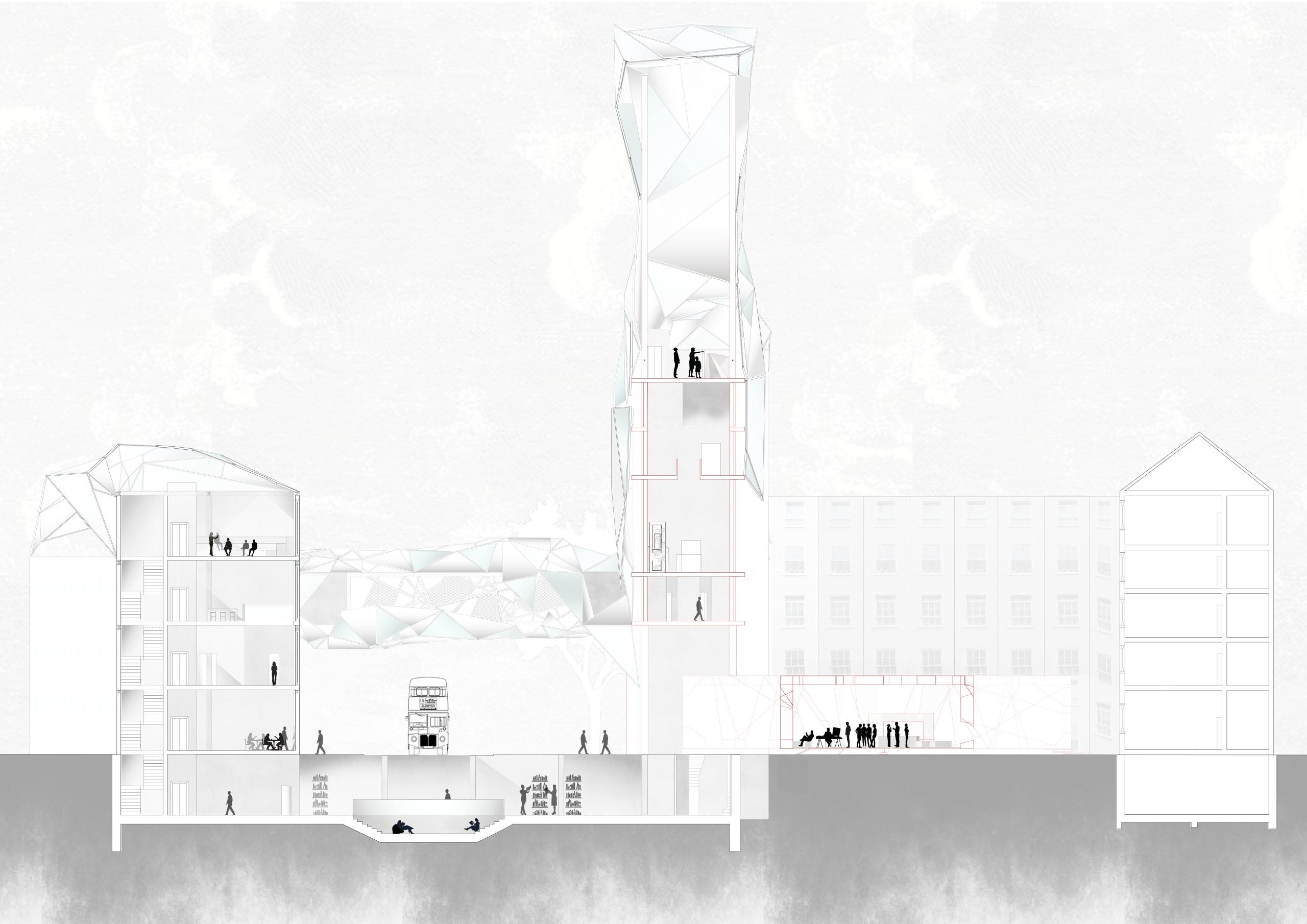
Thomas Rowntree is a BA(Hons)
The Impact of Film Techniques: A Focus on Thomas Rowntree
The quote from Bernard Tschumi, “The question becomes whether one can organise architectural drawings as a movement sequence,” is pivotal to the exploration and resolution of the project. This statement emphasises the necessity of viewing architecture not merely as static structures but as dynamic spaces that can guide human behaviour and emotions. By integrating concepts from Gilles Deleuze and Sergei Eisenstein, who emphasised the significance of movement and flow in film, Rowntree highlights the profound impact that these elements can have on the human mind. Eisenstein’s montage theory, for instance, demonstrates how the juxtaposition of images can create meaning, suggesting that the arrangement of spaces in architectural design can similarly evoke specific responses and emotions in individuals. Through this lens, Rowntree’s work aims to establish a new understanding of rehabilitation environments, where architectural sequences can facilitate positive change.
Moreover, Rowntree employs visual storytelling elements akin to those used in film to communicate the emotional journey of ex-convicts. By employing narrative techniques that highlight their struggles and triumphs, he creates a more relatable and immersive experience for audiences. This approach not only raises awareness about the rehabilitation process but also encourages a more empathetic understanding of the challenges faced by individuals reintegrating into society.
In conclusion, Thomas Rowntree’s innovative exploration of the intersection between film techniques and architecture provides valuable insights into the rehabilitation process. By understanding and applying principles from film, architecture can be transformed into a powerful tool for change, facilitating not only the physical but also the psychological rehabilitation of ex-convicts. This holistic approach underscores the importance of thoughtful design in creating environments that promote healing, understanding, and reintegration into society.
Additionally, engaging with local communities is a vital aspect of Rowntree’s project. By involving community members in the design process, architects can create spaces that resonate with the users’ needs and experiences. This participatory approach not only enhances the designs but also fosters a sense of ownership and responsibility among community members, further supporting the rehabilitation of ex-convicts as they transition back into society.
Drawing from case studies, Rowntree analyses various rehabilitation facilities worldwide, examining how their architectural designs contribute to the overall effectiveness of rehabilitation programmes. Facilities that have embraced open layouts and communal areas have noted improved interactions among inmates, fostering a sense of community and support. In contrast, traditional prison designs, characterised by isolated cells and stark environments, often exacerbate feelings of despair and hopelessness. This comparison underscores the critical role architecture plays in shaping the rehabilitation narrative.
Rowntree’s exploration extends to practical applications within rehabilitation centres, where the design of spaces can significantly influence inmates’ experiences. For example, creating open spaces that allow for natural light can enhance mood and promote a sense of freedom, crucial for individuals who have experienced confinement. Furthermore, the incorporation of transitional spaces that mimic the journey from confinement to freedom can aid in the psychological adjustment of ex-convicts. By implementing such principles into architectural designs, Rowntree’s work proposes that rehabilitation can be positively impacted by the environments in which individuals find themselves.
For more info into the project, visit tomrowstudio.com





Add a comment